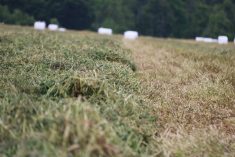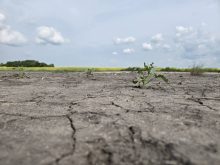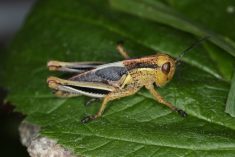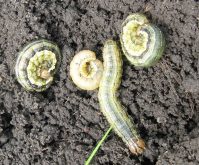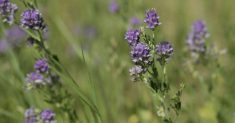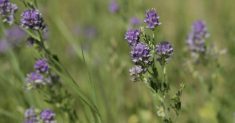Awareness of the role forage plays in a healthy agricultural sector has grown over the past six years since the formation of the Canadian Forage and Grassland Association (CFGA), speakers told the group’s annual meeting here.
“Just as recent as two years ago the dairy industry had no interest in investing in the research and development of forages. I believe that this organization has done a great job at shining the light on the importance and opportunities that lie in the forage sector,” said Doug Wray, chair of the CFGA. “And, we can see the progress that has been made by the various sectors’ shift towards investing in forage research.”
Read Also
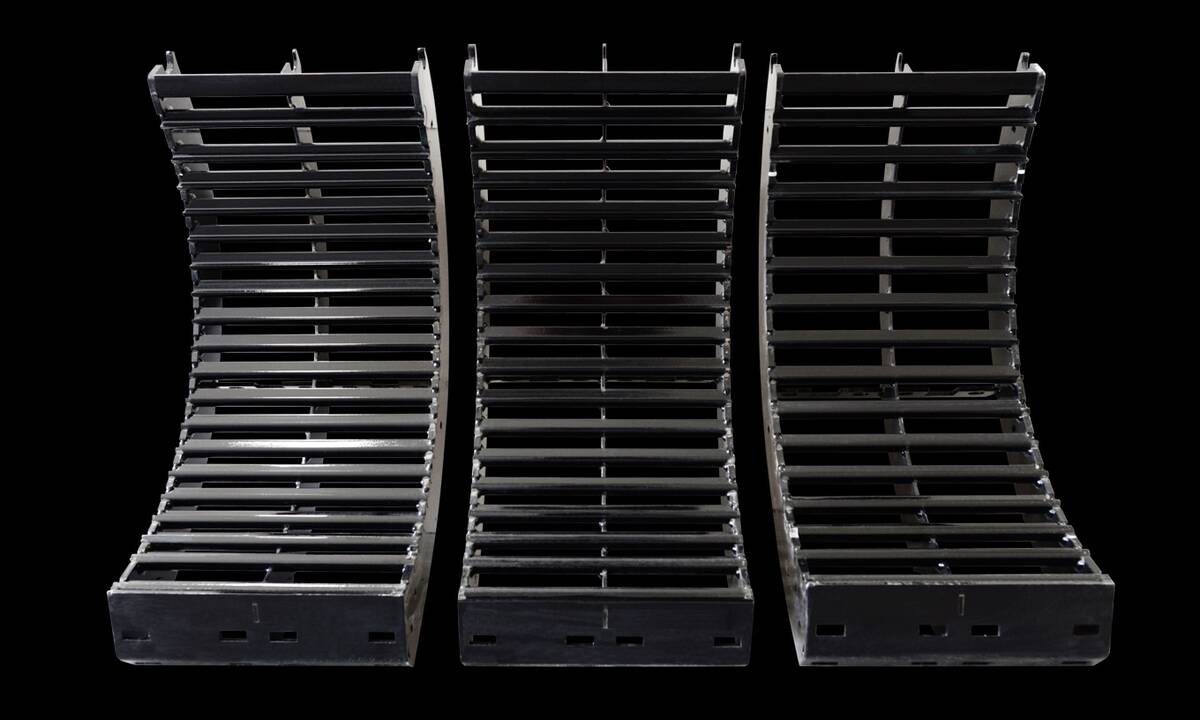
MANITOBA AG DAYS 2026: Stacked equipment category expected at Innovation Showcase
Ten of 28 Innovation Showcase entries at the Manitoba Ag Days 2026 farm show Jan. 20-22 in Brandon are in the equipment category.
The CFGA held its sixth annual general meeting in Saskatoon on November 17 to 19, where more than 100 individuals gathered to network, share information and present updates.
Senior range and forage biologist with Agriculture and Agri-Food Canada’s (AAFC) science and technology branch, Bill Houston, was on hand to speak to attendees about the forage research project AAFC has undertaken.
“This project all started at CFGA in Olds, Alberta. We had our assistant deputy minister (ADM) of the science and technology branch attend,” said Houston. “Thanks to the attendees, who put some pressure on our ADM to do more on the communication and transfer of forage research.”
Research priorities
Houston outlined AAFC’s five-part research endeavour that began last year.
“We formed an industry advisory panel that was composed of about 20 members and included different national and provincial beef and dairy organizations, as well as some provincial government representatives that work with forages,” said Houston, who has taken on the role of project lead. “After those discussions we prioritized the list to the top five projects that the industry wanted to see transferred and built that into the proposal, which was approved last October.”
The first part of the research project looks at extending the grazing season through bale or swath grazing.
“Recently, a paper was released of the economics of extending the grazing season and it has shown that swath grazing can reduce cattle overwintering cost from 37 and 60 per cent compared to more traditional overwintering,” said Houston.
“These practices have certainly been looked at in Western Canada but the opportunity that we saw when we discussed it with the advisory committee was in Atlantic and Eastern Canada. We are working to promote these practices in those areas but in order to do that we need to get the economics of how this may work in those regions.”
Sweet forages
The second area of research will look at sweet or high-energy forages, — how to increase the sugar content of forages, the best species to select, the best time to cut, how to fertilize, as well as wilting techniques.
“Research in the dairy industry shows that cows eat more forage that is higher in sugar content. Researchers are also seeing a corresponding increase in milk production, up to eight per cent,” said Houston. “Economics are important so this summer we have hired a summer student to dig into the economics on sweet forages and we are just finalizing the analysis and doing a review on that right now.”
The project will develop forage species and agronomy, as well as pasture rejuvenation — taking existing research from the plot to field level.
“In Western Canada, there has been quite a bit of research done on pasture rejuvenation and so now we have the opportunity to take some of that science and update it with current conditions, latest technology and do a little bit of economic analysis on today’s dollars and what the cost-to-benefit ratio would be on some of this rejuvenation work.”
Finally, the project will look at managing manure nutrients in forage production, how these are best utilized in both the forage and livestock operations.
“We really want to work closely with industry and make sure that the transfer of information we are trying to achieve is something they are interested in,” said Houston. “And what I really like about this project is that we have good support from industry, from AAFC management as well as our forage scientists. It is a really good structure to be successful.”
Soil health
Houston was one of many presenters at the CFGA meeting. Other topics covered included the importance of soil health, producer experiences on growing, grazing and marketing forages, discussion on forage varieties, technology advancements and an update on forage breeding initiatives.
“The presentations were well positioned to build on one another,” said Wray. “Starting with soil health and the benefits of building the soil to production practices, research and development to a discussion on the adoption of the practices and the roadblocks producers may be dealing with in the adoption of many of these techniques.”
According to Wray, more than anything the conference is looked at as a networking opportunity.
“I have watched the group during the breaks and that is really when you can see the benefits of gatherings like this, when individuals are networking, interacting and discussing what has been presented. The networking that has taken place is the best part of the whole event,” said Wray.




